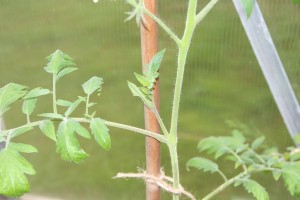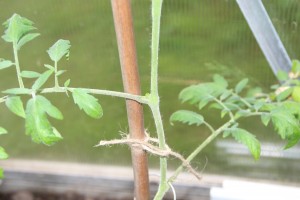May is an important month for a September show. Towards the latter part of the month we should be confident that the last of the frosts will have been and gone (this year we had frost on the allotment over the first weekend in May). The end of frosty nights will mean that all of the more tender plants such as tomatoes, peppers, courgettes, squashes and pumpkins can be planted out and French and runner beans sown. Vegetable plots, greenhouses and allotments will all start to look full again.
Last month we mentioned that parsnips make an impressive addition to the “top tray” collection class, another option is late peas. Most peas are sown early and are likely to be in the ground by now with a view to harvesting before the pea moth season (June-July). However, a late sowing at the end of May or early June will give plants that flower too late for infestation and not only give a delicious late harvest, but an extra option for the show.
Across all of your plants keep weeding to reduce competition for moisture and nutrients and to reduce the hosts available for pests and diseases.
Tomatoes will start to produce side shoots, so keep pinching these out to create a strong main stem that can carry water and nutrients to the flower trusses to maximise fruit production.
If you are planning to show some dahlias have a look online to find some guides to getting the best possible blooms and don’t forget that there is a class for very small blooms as well as the big blousy ones. Where better to start than the National Dahlia Society.



